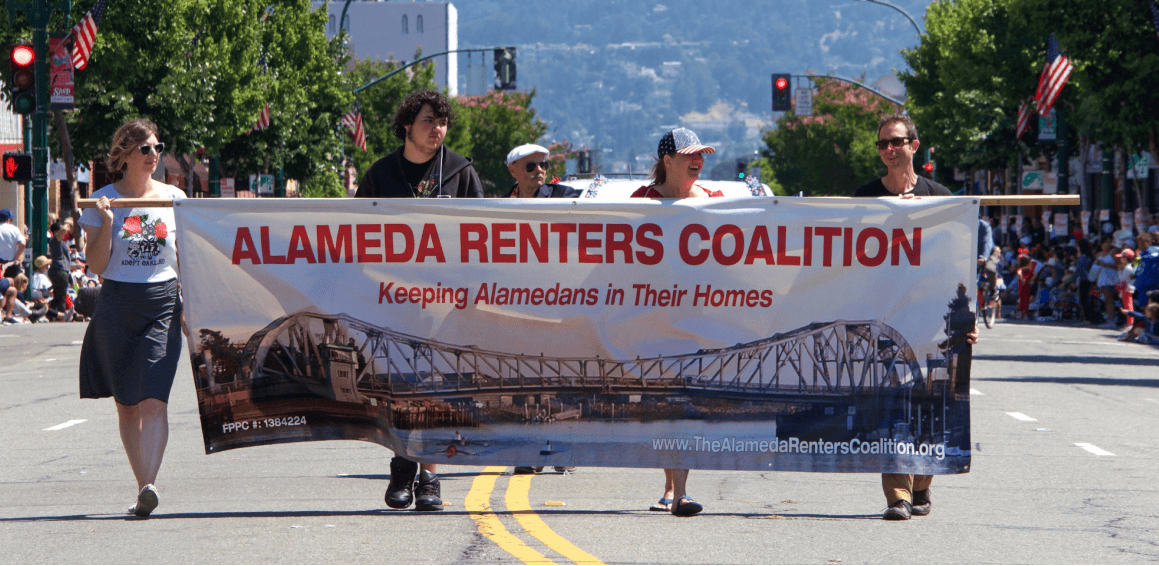How to Calculate the Value of a Multifamily Property
Understanding Multifamily Property Valuation
Before diving into the various methods to calculate a property’s value, it’s essential to understand the concept of property valuation. Simply put, property valuation is an estimation of a property’s worth in the current market. This is crucial for investors to make informed decisions, whether buying, selling, or holding onto a multifamily property. Several factors influence a property’s value, such as location, size, age, and condition, among others.
Calculating the Value of a Multifamily Property
1) Cap Rate Valuation

Cap Rate = (Net Operating Income / Property Value) x 100
Net Operating Income (NOI) is the annual income the property generates after deducting operating expenses. Remember that the cap rate doesn’t include mortgage payments or taxes. To calculate the property’s value using the cap rate, simply rearrange the formula:
Property Value = Net Operating Income / Cap Rate
For instance, if a multifamily property generates $100,000 in NOI and the cap rate in the area is 5%, the property value would be $2,000,000 ($100,000 / 0.05).
2) Gross Rent Multiplier Valuation
The Gross Rent Multiplier (GRM) is an integral element in a multifamily investing course, used to estimate the value of a multifamily property, focusing on the property’s income-generating potential. GRM is the ratio of the property’s price to its annual gross rental income. Here’s the formula to calculate the GRM:
GRM = Property Value / Annual Gross Rental Income
To determine the property’s value using the GRM, use the following formula:
Property Value = GRM x Annual Gross Rental Income
For example, if a multifamily property has an annual gross rental income of $150,000 and the average GRM in the area is 10, the property value would be $1,500,000 ($150,000 x 10).
3) Comparables Valuation
The comparables or “comps” method is another way to assess a multifamily property’s value. This approach involves comparing the subject property to similar properties that have recently sold in the same area. To make an accurate comparison, consider properties with similar sizes, ages, conditions, and amenities. The more comparable properties you can find, the better you can estimate the subject property’s value.
While the comps method is more commonly used for single-family homes, it can still provide valuable insights for multifamily properties. However, it’s essential to consider factors like rental income and property management expenses, which are more relevant to multifamily properties.
Get a Free Multifamily Loan Quote
Access Non-Recourse, 10+ Year Fixed, 30-Year Amortization
4) Replacement Cost Valuation
Another important part of a multifamily investing course is the replacement cost valuation method, which considers how much it would cost to replace or rebuild the property from scratch. This method takes into account the current cost of construction, labor, and materials, as well as the value of the land on which the property is situated. To calculate the replacement cost, follow these steps:
- Determine the cost per square foot for construction in your area. This can be obtained from local contractors or real estate professionals.
- Calculate the total square footage of the property.
- To estimate the construction cost, multiply the cost per square foot by the total square footage.
- Add the value of the land to the construction cost.
While the replacement cost method can provide a baseline for a property’s value, it doesn’t account for factors like market demand, property age, and location. As a result, it’s best to use this method in conjunction with other valuation techniques.
5) Income Capitalization Valuation
The last approach in a multifamily investing course is income capitalization, a sophisticated method used by appraisers and professional investors to estimate the value of income-producing properties, such as multifamily properties. This method considers the property’s future income-generating potential and discounts it to present value. The income capitalization approach is based on the principle that the property’s value is directly proportional to its future income streams.
To use the income capitalization method, you’ll need a discount rate, which represents the investor’s required rate of return. Once you have the discount rate, you can use it to calculate the present value of the property’s future income streams. This method is more complex than the others mentioned and typically requires specialized knowledge and software.
There are various methods to calculate the value of a multifamily property, each with its strengths and weaknesses. To make informed investment decisions, it’s essential to understand these techniques and select the most appropriate one for your specific situation. Combining these methods and conducting thorough research, you can confidently determine a property’s worth and maximize your investment opportunities.
Source: Multifamily Mindset















 Accessibility
Accessibility